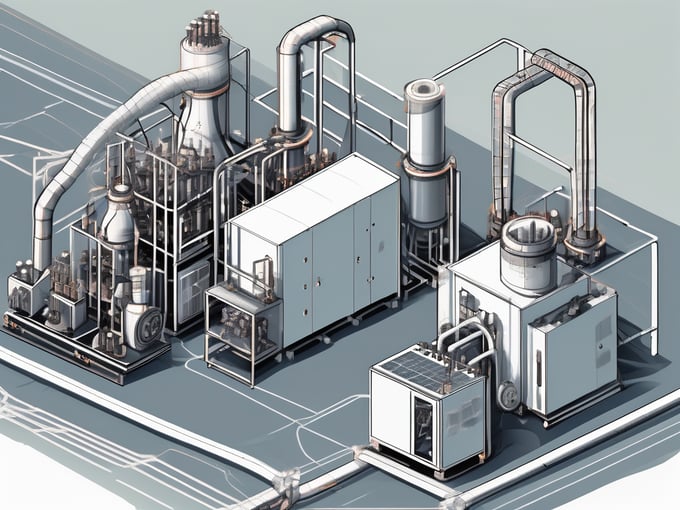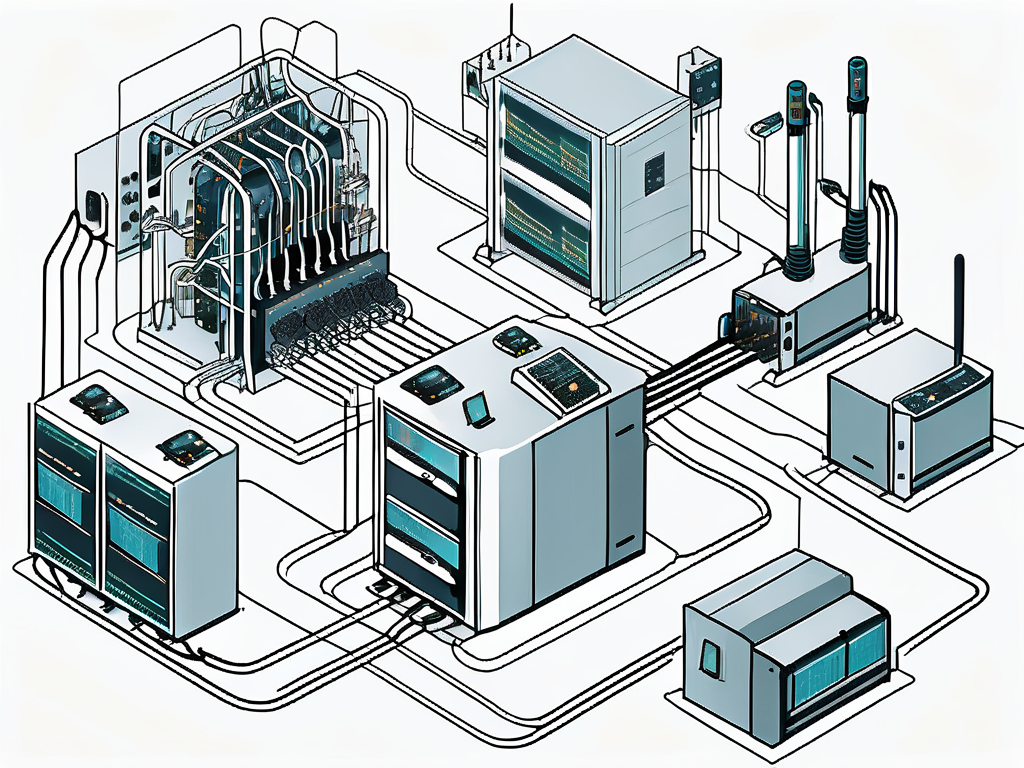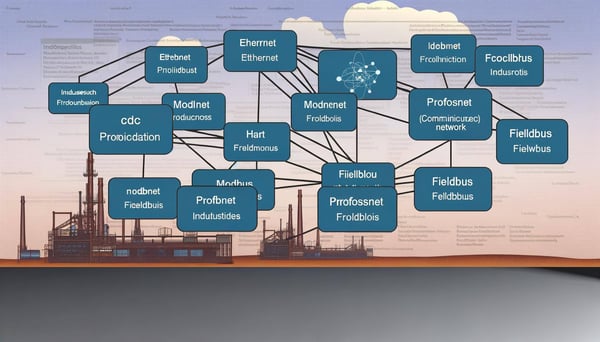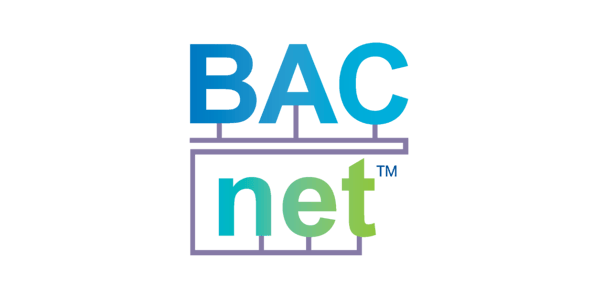
Fundamentals of IEC 61850
In the realm of industrial communication systems, protocols play a pivotal role. They are the backbone of data exchange, ensuring seamless interaction between devices and systems. Among the myriad of protocols available, IEC 61850 stands out as a robust, flexible, and interoperable standard specifically designed for electrical substation automation. This article delves into the fundamentals of IEC 61850, exploring its architecture, benefits, and applications.
Understanding the IEC 61850 Protocol
IEC 61850 is a global standard developed by the International Electrotechnical Commission (IEC). It was designed to address the need for a unified communication protocol for electrical substations, replacing the numerous proprietary protocols that were previously in use. The standard encompasses both the communication protocols and the system configuration language, providing a comprehensive framework for substation automation.
At its core, IEC 61850 is an object-oriented protocol. This means that it models the data and services of the substation devices as objects, simplifying the process of data exchange. The protocol also supports a wide range of communication services, including reporting, logging, and time synchronization, making it a versatile choice for substation automation.
Architecture of IEC 61850
The architecture of IEC 61850 is layered, reflecting the structure of the substation and its devices. The top layer, or the abstract data model, defines the data objects and services. These objects represent the physical devices and functions in the substation, such as circuit breakers, transformers, and protection relays.
The middle layer, or the mapping layer, translates the abstract data model into specific communication protocols. This layer ensures that the data can be transmitted over a variety of networks, including Ethernet, fiber optic, and wireless networks. The bottom layer, or the physical layer, represents the actual hardware devices that implement the protocol.
Abstract Data Model
The abstract data model is the heart of the IEC 61850 architecture. It defines the data objects and services that represent the physical devices and functions in the substation. Each data object is associated with a set of attributes, which describe the properties of the object. For example, a circuit breaker object might have attributes for its status, position, and operational limits.
Services in the abstract data model define the interactions between the data objects. These services include reporting, logging, and time synchronization, among others. By defining the data and services in an abstract way, the model allows for a high degree of flexibility and interoperability.
Mapping Layer
The mapping layer translates the abstract data model into specific communication protocols. This layer is crucial for ensuring that the data can be transmitted over a variety of networks. The IEC 61850 standard defines several mapping methods, including MMS (Manufacturing Message Specification) and GOOSE (Generic Object Oriented Substation Event).
MMS is a protocol for exchanging complex data structures, and is used for client-server communication in IEC 61850. GOOSE, on the other hand, is a fast and reliable protocol used for peer-to-peer communication. Both protocols play a key role in the functionality of the IEC 61850 standard.
Physical Layer
The physical layer represents the actual hardware devices that implement the IEC 61850 protocol. These devices can range from protection relays and circuit breakers to switches and routers. The physical layer also includes the communication networks that transmit the data, such as Ethernet, fiber optic, and wireless networks.
One of the key features of IEC 61850 is its support for a wide range of hardware devices and communication networks. This flexibility allows for a high degree of interoperability, making the protocol a versatile choice for substation automation.
Benefits of IEC 61850
IEC 61850 offers several advantages over traditional communication protocols. Firstly, its object-oriented approach simplifies the process of data exchange, making it easier to manage and configure the substation devices. Secondly, its support for a wide range of communication services and networks enhances its versatility and interoperability.
Another major benefit of IEC 61850 is its emphasis on system configuration. The standard includes a system configuration language, SCL, which allows for the efficient configuration of the substation devices. This feature not only reduces the time and effort required for system configuration, but also improves the consistency and reliability of the system.
Applications of IEC 61850
IEC 61850 is primarily used in electrical substation automation, where it facilitates the communication between devices and systems. However, its applications extend beyond substations. The protocol is also used in wind power plants, hydroelectric power plants, and distributed energy resources, among others.

As the demand for smart grids and renewable energy sources continues to grow, the role of IEC 61850 is set to expand. The protocol's flexibility, interoperability, and comprehensive framework make it a promising choice for the future of industrial communication systems.
Conclusion
IEC 61850 is a robust, flexible, and interoperable protocol that is revolutionizing the field of substation automation. Its object-oriented approach, layered architecture, and comprehensive framework provide a solid foundation for efficient and reliable communication. Whether you're involved in substation automation, renewable energy, or smart grids, understanding the fundamentals of IEC 61850 is essential for staying ahead in the rapidly evolving landscape of industrial communication systems.




